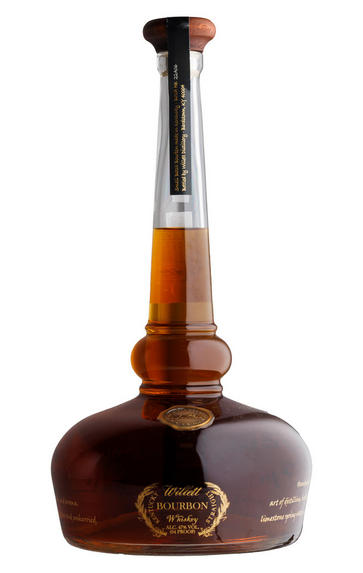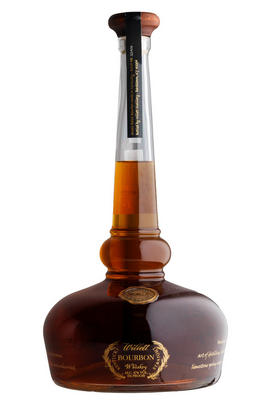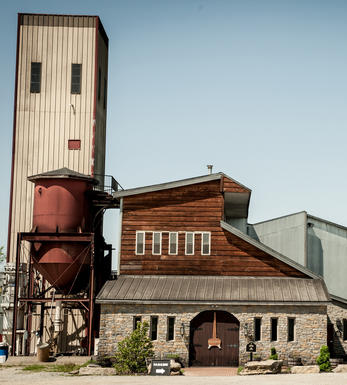-
NEW IN
- Bordeaux 2023 En Primeur
- Drink now
- Collecting
- Gifts and accessories
-
OWN SELECTION
- Featured
- By style
- By region
- Our spirits
-
DRINK NOW
- Featured
- By price
- By style
- By region
-
COLLECTING
- Featured
- By style
- By region
- En Primeur
-
BBX
- Buying with BBX
- Selling with BBX
- How BBX works
- Your BBX
-
SPIRITS
- Featured
- By brand
- By type
- By price
-
EVENTS
- Featured
- Ticketed events
- Private events
- Find out more
-
ADVICE & ARTICLES
- About us
- Start collecting
- Our expertise
- Editorial





Buying options
Add to wishlist
spirit at a glance
Delivery and quality guarantee